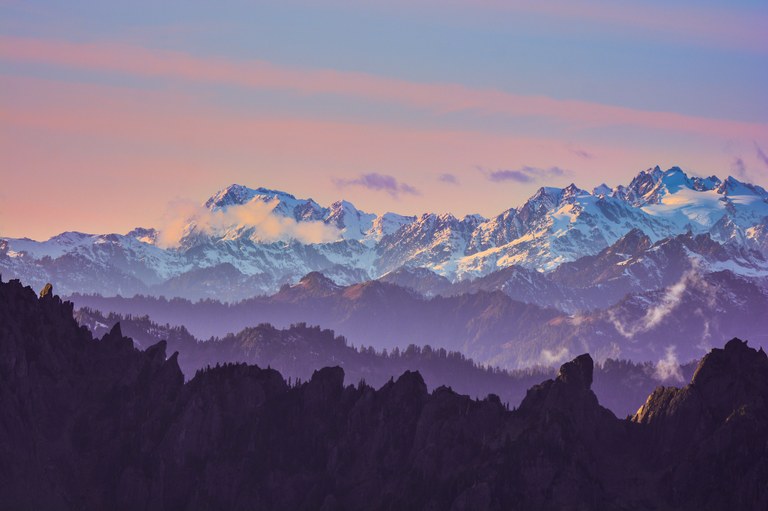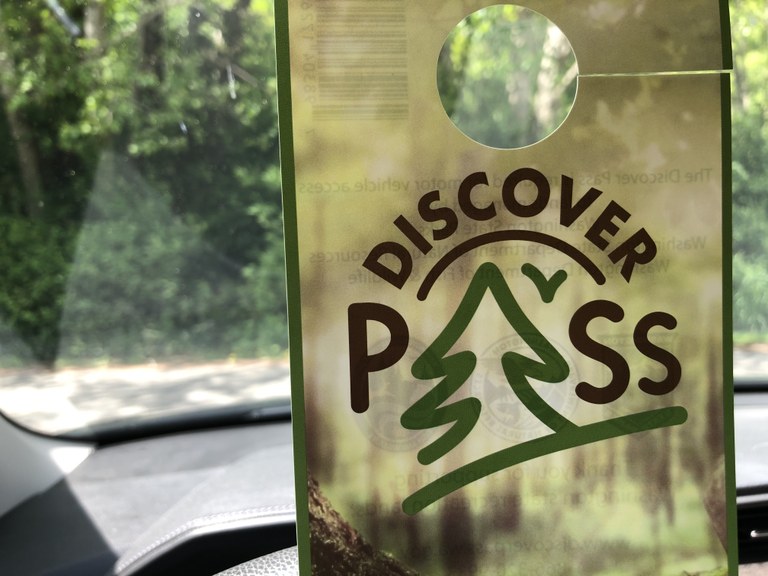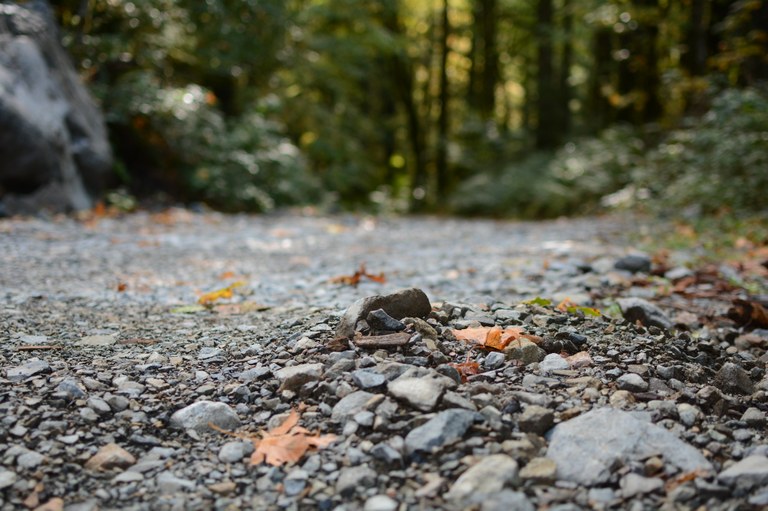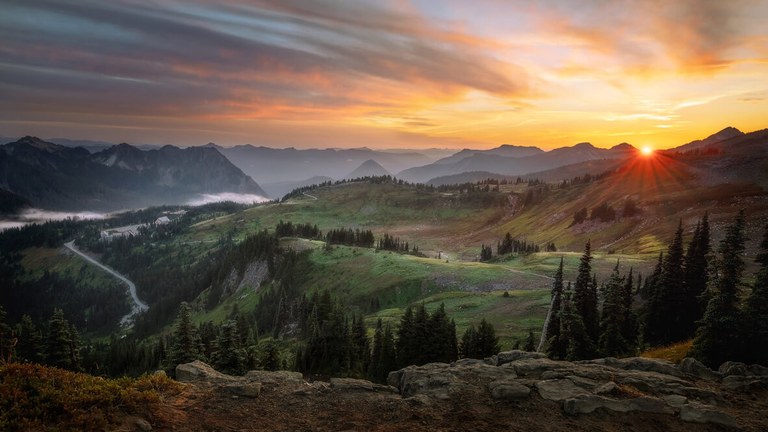5 Things I Learned After a Year Using Car Shares to Hike
Today is my one-year anniversary of the first hike I did using a carshare program. Hiking using car-share programs is totally doable, and depending on how often you hike (and other demands you may have to consider), using car shares may even be more cost-effective than owning. Here's what I've learned in a year of hiking sans car.
by Anna Roth
Today is my one-year anniversary of the first hike I did using a car-share program. I sold my car in February last year because the expense of owning it outweighed the benefits. Since then, I've found that while they take a little getting used to, using car shares is more cost-effective than owning a car.
Here are the top 5 things I've learned about hiking via car share in the last year.

If you're living car-free, you can still enjoy the many benefits of getting out on more remote trails. It will just require some planning. Photo by Alex Weinberg.
Give yourself (more) time
The car you need isn't always right outside your home. So when you're planning your day, take into account how far the vehicle is from where you are (the carshare app will tell you this). Once there, you need to assess it for damage and report any you see before unlocking the car and getting settled in.
In practice, this translates to you leaving about 15-20 minutes earlier than you would normally, and giving yourself about 5 to 10 minutes to end the trip.
Pack what you need and Leave No Trace
Using carshares highlights how many things you just keep in your car for comfort. Spare chapstick you usually tuck into the glove compartment? Gotta pack it. An extra coat? Bring that with you. A charger? Same. And that means Leave No Trace applies here as well as on trail. Pack out what you packed in, including car snacks.
I love a good car snack: a coffee and pastry on the way to a hike, Luau BBQ chips and Haribo Peachy-Os on the way home. So I started using a tote bag. I bring a change of shoes and an extra water bottle along with my snacks every time I go hiking. And the nice thing is, you can stuff trash and whatever else exploded out of your pack at the end of the day (you know it's gonna happen), which makes for fast cleanup at the end of your rental.

Be sure you have the right parking pass
Both carshare companies in Seattle (Gig and Zipcar) have cars equipped with Discover Passes. These passes work for all state lands. That means you are set to visit a state park, but if you're not hiking on state land, you'll need to bring a different pass.
You can find which pass is required for your hike by looking it up in our Hiking Guide. The "parking pass/entry fee" field right above the main image on the hiking guide entry will tell you which one you need. If you have a pass and want to know where you can go, use our hiking guide filter to figure that out. You can get more info about passes on our Passes and Permits page.
Pro tip: If you can, spring for an annual Interagency Pass. It works in Washington's six national forests and three national parks. Plus, if you think you'll go hiking more than eight times this year, it'll pay for itself.

Filtering by "Discover Pass" will show you the hikes you can do using a car-share program.
Read up on the roads
Roads. Sometimes, they suck. And it really sucks when you're all amped for a hike and then hit a road so bad you have to turn around. Before you head out, read up on the roads, and rent accordingly. Zipcars have a wider range of car types, so you can get something high-clearance if you need it. Gigs are better for close-to-town trips where the roads are better.

Knowing the condition of a road before you head out on your trip can help you make sure you have the right vehicle. Photo by Christina Hickman.
Know Thyself (and Thy Trip)
Gig and Zipcar offer similar same services with some crucial differences that can make or break your hike.
Do you usually run late and like to dawdle on trail? You might want to spring for Gig: rentals don't start until you get to the car, and you can keep the vehicle as long as you need. On the other hand, if you're punctual, use Zipcar: you'll be able to reserve your car in advance, but you have to return it promptly or you'll get charged a late fee.
If you like to hike in remote areas where cell service is nonexistent, you definitely want to use Zipcar. But if most of your hiking is within cell range, either service will work great.
Plan Ahead and have Fun
I found myself using both programs last year — the main thing is you need have a good idea of what your trip is going to be like before deciding which service to use. And you can do that by reading up on the hike you want to do in our Hiking Guide!
Happy hiking — if you decide to use a carshare service this year, we'd love to hear your experience in a trip report.
If you're interested in going completely car-free, here are a couple of other things to consider:
- Insurance: Most car-shares include insurance in their plans. So you can save a bit more by cancelling your personal insurance and just use theirs, if you're comfortable doing that.
- Gas: Gig and Zipcar rates include gas as well as insurance, and both provide you with fuel cards to refill. Do note: Zipcar's refueling process is more straightforward than Gig's.
- Do the math: Figure out your car expenses over a set period of time, then track whether that cost decreases when you use carshares. I saved a lot of money last year, but it primarily came from saving on gas and parking. I still have personal insurance; if I was to cancel that and just use the included insurance, I'd add even more to my savings.
Of course, car shares are just one way to hike car-free. You could walk out your front door, use your bike to reach a trailhead or take mass transit (especially as the risks from the pandemic begin to make this a better option). But for certain trails, car shares are one of your best options.

Gig cars can make it possible to enjoy some of your favorite hikes without the expense of owning your own vehicle. Photo by Greg Attanasio.


Comments
Jeff on 5 Things I Learned After a Year Using Car Shares to Hike
You can request a free access card from the Gig app to use when there is no cell service (or to more quickly start a trip).
The "America the Beautiful" interagency pass pays for itself in as few as 3 visits if you use it to access Mt. Rainier National Park.
Posted by:
Jeff on May 14, 2021 11:54 AM